 19 December 2018
Saturn's iconic rings are dying fast say scientists
19 December 2018
Saturn's iconic rings are dying fast say scientists
... large, long after the planet itself formed." The possibility that electrically-charged ice particles from Saturn’s rings were flowing down invisible magnetic field lines, and dumping water into the gas giant’s upper...
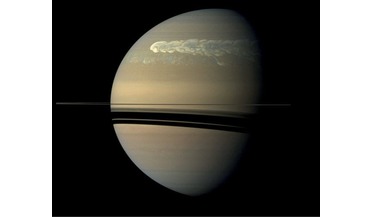 16 August 2021
Saturn's rings help reveal the planet has a "fuzzy" core
16 August 2021
Saturn's rings help reveal the planet has a "fuzzy" core
... and was a technique first developed in the 1980s. By incorporating gravity data with seismic measurements from Saturn’s rings, Christopher Mankovich and Jim Fuller at the California Institute of Technology, US, have been able to look beyond...
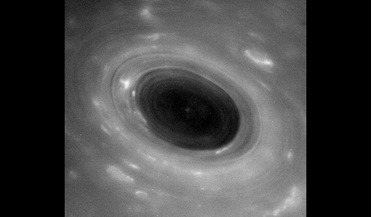 28 April 2017
Cassini's first dive between Saturn and its rings
28 April 2017
Cassini's first dive between Saturn and its rings
... of the innermost visible edge of Saturn’s rings to get closer than any other spacecraft has done before.... final chapter, Cassini will make a total of 22 dives between Saturn and its rings, as it loops around the planet approximately once per week. The...
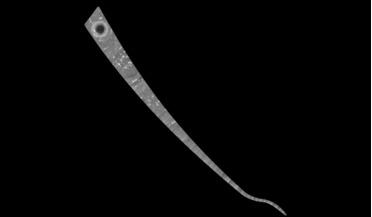 26 July 2017
Cassini finds surprises for Saturn's magnetic field
26 July 2017
Cassini finds surprises for Saturn's magnetic field
... its Grand Finale mission, Cassini is still discovering surprises about the inner workings of Saturn. Its latest revelation is that the magnetic field of the spectacular ringed planet has no discernible tilt, a finding that is at odds with scientists...
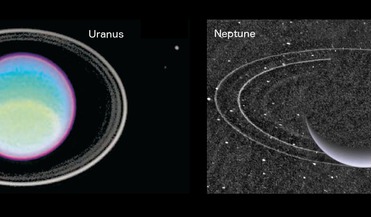 15 September 2016
Scientists shed light on how our gas giants got their different rings
15 September 2016
Scientists shed light on how our gas giants got their different rings
... a period of turbulence, the debris cloud would settle into a thin equatorial and low-eccentricity ring. The riddle of how Saturn’s rings differ so much compared with that of its outlying neighbours was also solved, as the teams simulations...
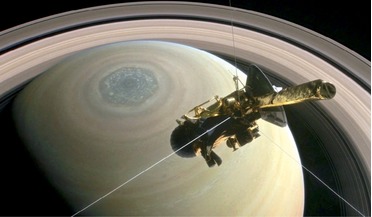 October 2017
Cassini observations open up Saturn’s atmosphere
October 2017
Cassini observations open up Saturn’s atmosphere
..., winter hemisphere was hidden from the view of terrestrial observers and shadowed by Saturn’s rings. Colour imaging showed that the familiar, yellow-ochre appearance of Saturn gave way at these cold winter latitudes to blue hues more reminiscent...